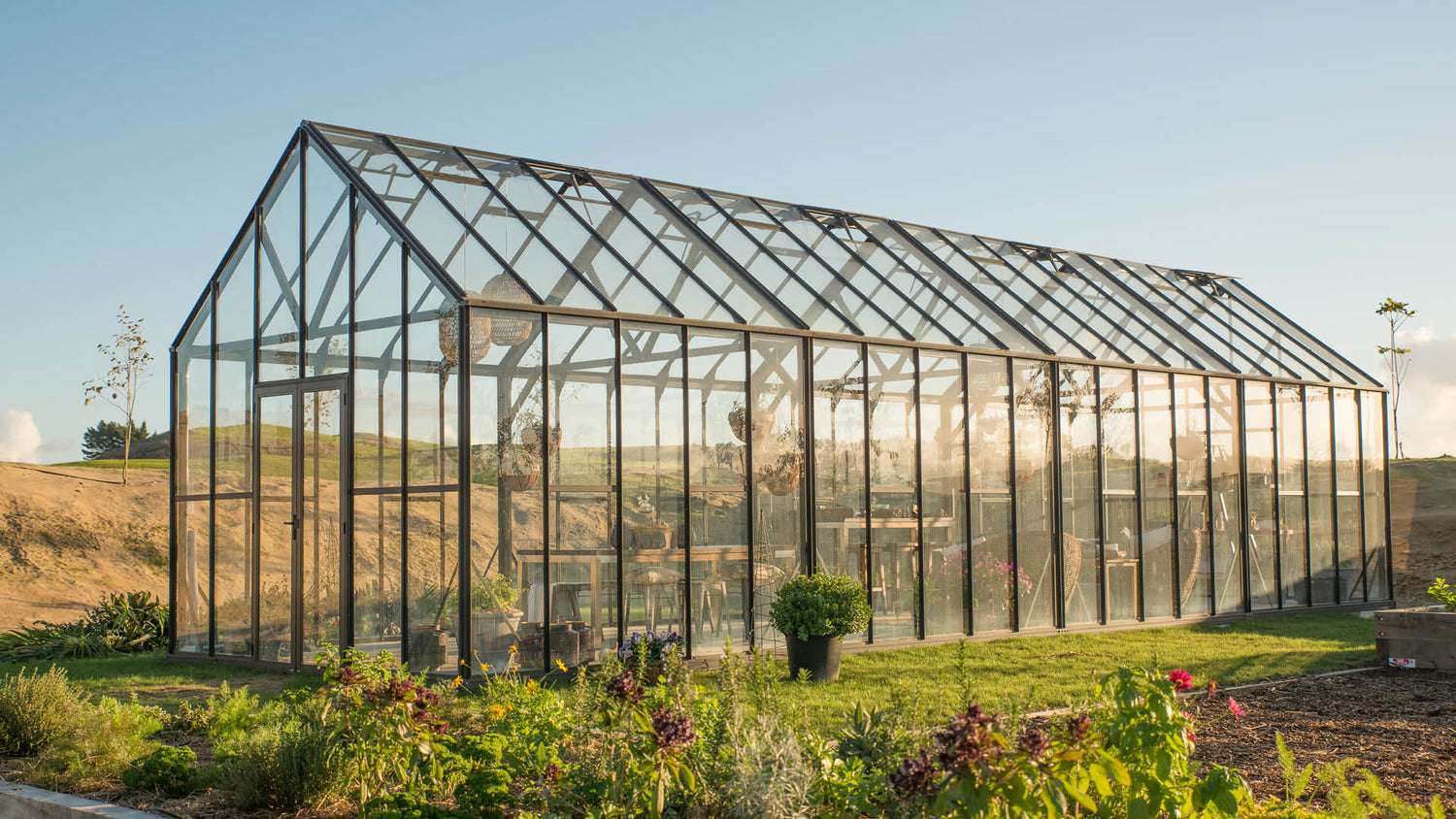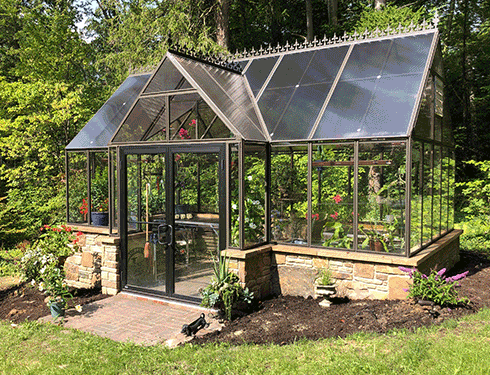Building Desires, Growing Green: Monarch Greenhouse Builder Utah at Your Solution
The Future of Greenhouses: Technologies in Sustainable Farming
Are you curious concerning the future of greenhouses and just how they are revolutionizing sustainable farming? Look no more! In this write-up, we will certainly discover the amazing innovations that are paving the way for a greener and more reliable farming market. From innovative environment control systems to vertical farming methods, water-efficient irrigation techniques, renewable energy combination, and clever information analytics, these advancements are transforming the method we grow our food. Prepare yourself to find the future of sustainable farming in greenhouses!
Advanced Climate Control Equipment
To accomplish optimum growing conditions, you can depend on the innovations in greenhouses with advanced environment control systems. These systems have revolutionized the method we cultivate plants, giving a regulated atmosphere that is conducive to plant development. With these cutting-edge systems, you can now control temperature level, moisture, light levels, and also CO2 focus to develop the ideal problems for your plants to grow.
Among the vital functions of these advanced environment control systems is their capacity to control temperature level. By utilizing sensors and automated controls, the greenhouse can change the temperature level based on the specific demands of the plants. This makes sure that they are never revealed to extreme warm or chilly, which can be damaging to their growth.
Moisture control is an additional essential element of these systems. By maintaining the optimal humidity degrees, you can prevent concerns such as mold and mildew, mildew, and disease from impacting your plants. These systems can also control the amount of light that reaches the plants, guaranteeing that they obtain the ideal amount for photosynthesis.
Furthermore, progressed climate control systems can even manipulate carbon dioxide focus. By boosting the degrees of carbon dioxide in the greenhouse, you can enhance plant development and productivity. This is especially beneficial in locations with reduced natural carbon dioxide degrees.
Upright Farming Methods
One vital upright farming technique is making use of stacked expanding systems. Stacked expanding systems are typically utilized in metropolitan areas where area is restricted.
One prominent approach is referred to as upright hydroponics, where plants are grown in nutrient-rich water without soil. This technique is very effective as it lowers water use by as much as 90% contrasted to conventional farming techniques. In addition, because the plants are grown indoors, they are shielded from parasites and diseases, decreasing the requirement for chemicals.
Another method is aeroponics, which involves suspending the plant origins in a haze or air environment. This technique enables ideal nutrient absorption and oxygenation, causing faster development and higher yields. Aeroponics additionally uses less water than conventional farming and can be carried out in upright systems, making it a preferred choice for upright farming.
Water-efficient Watering Methods
Taking index full advantage of water conservation is vital when it involves carrying out water-efficient irrigation methods in lasting agriculture. With worldwide water shortage coming to be a pressing issue, it is essential to create innovative strategies that enhance water use in greenhouse procedures.
One appealing method is drip watering, which delivers water straight to the plant roots, minimizing waste and dissipation. By utilizing a network of tubes with little emitters, water is applied gradually and precisely, making sure that plants receive the essential wetness without excess runoff.
One more efficient strategy is making use of soil wetness sensors. These devices determine the wetness web content in the soil and provide real-time information to farmers. By keeping track of the dirt's dampness levels, farmers can accurately identify when and just how much water to use, preventing over-irrigation.
Moreover, the execution of rainwater harvesting systems is getting popularity in greenhouse agriculture. Gathering rainwater from roofs and storing it in tanks enables farmers to utilize this natural deposit for irrigation objectives, reducing dependence on typical water resources.
Finally, the fostering of automated watering systems can considerably boost water effectiveness. These systems make use of sensors to find soil moisture levels and climate conditions, readjusting irrigation routines accordingly. By maximizing water use based upon real plant demands, these systems can reduce water waste and advertise lasting farming methods.
Renewable Power Assimilation
Renewable energy integration in greenhouses provides several benefits, including decreased running costs and lowered reliance on non-renewable energy resources. The generated power can after that be made use of to run numerous procedures within the greenhouse, such as ventilation, illumination, and home heating systems. These generators harness wind power and convert it into power, which click for source can be used to supplement the energy needs of the greenhouse.
Smart Data Analytics and Automation
To boost the effectiveness of your greenhouse operations and optimize source utilization, consider applying wise information analytics and automation. Smart information analytics entails gathering and evaluating data from numerous sensing units and devices within your greenhouse.
This can consist of automating the control of illumination, air flow, irrigation systems, and nutrient shipment. By automating these procedures, you can make sure that your plants get the right conditions and nutrients at the ideal time, without the demand for consistent hands-on treatment.
Furthermore, clever data analytics and automation can function together synergistically. The data accumulated by sensors can be used to notify automatic systems, permitting them to make real-time changes based upon the present problems. This combination of information analytics and automation can cause much more effective and precise source allowance, eventually resulting in greater returns and better plant high quality.
Final Thought
To conclude, the future of greenhouses in lasting agriculture looks encouraging. With sophisticated climate control systems, upright farming techniques, water-efficient irrigation approaches, and sustainable power integration, greenhouses are ending up being more efficient and ecologically pleasant. In addition, using wise data analytics and automation additionally improves performance and minimizes waste. These technologies are leading the way for a more sustainable and effective farming market, making certain a greener and much healthier future for all.

By enhancing water use based on real plant demands, these systems can decrease water waste and advertise sustainable farming techniques.
